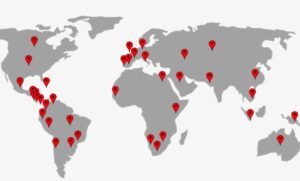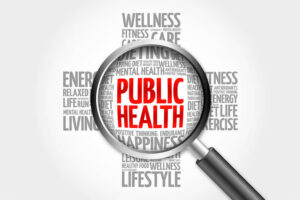Due to excessive use of antibiotics with improper dosages, microbes adapt antibiotic resistance using many mechanisms. Therefore, the development of alternative therapy against the propagation of pathogenesis due to the multidrug-resistant (MDR) bacteria is essential. Antimicrobial photodynamic therapy (PDT) is an alternative and useful method for the inactivation of MDR bacterial cells, given the rising problem of antibiotic resistance. PDT involves the potential use of a photosensitizer (PS), oxygen, and light to generate reactive oxygen species (ROS) with certain limitations like solubility and toxicity. Most photosensitizers’ hydrophobic nature makes them aggregate in an aqueous medium and thus reduces the singlet oxygen formation by self-quenching effect at the excited state. Nanoformulations offer to resolve these challenges after encapsulating the PS in biodegradable materials. Liposomes, metal and metal-oxide nanoparticles, polymers are promising in this regard. The present topic discusses such nanoformulations and mechanisms involved in offering efficient formulations for the inactivation of MDR.

- Society

Membership
Support our mission by becoming a member

Public Health Policy Center
Explore the society's public health initiatives

Meet the community
See what our members have been working on
- Journal
- Author Center
- Membership